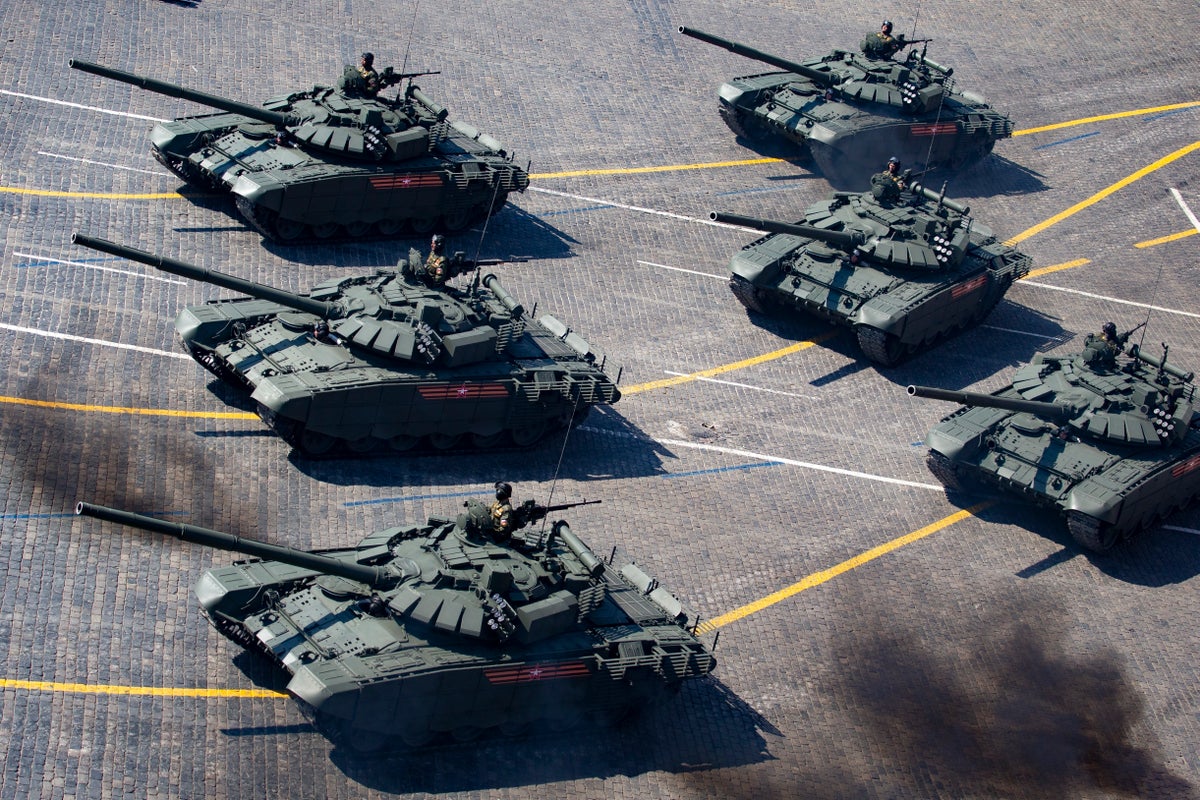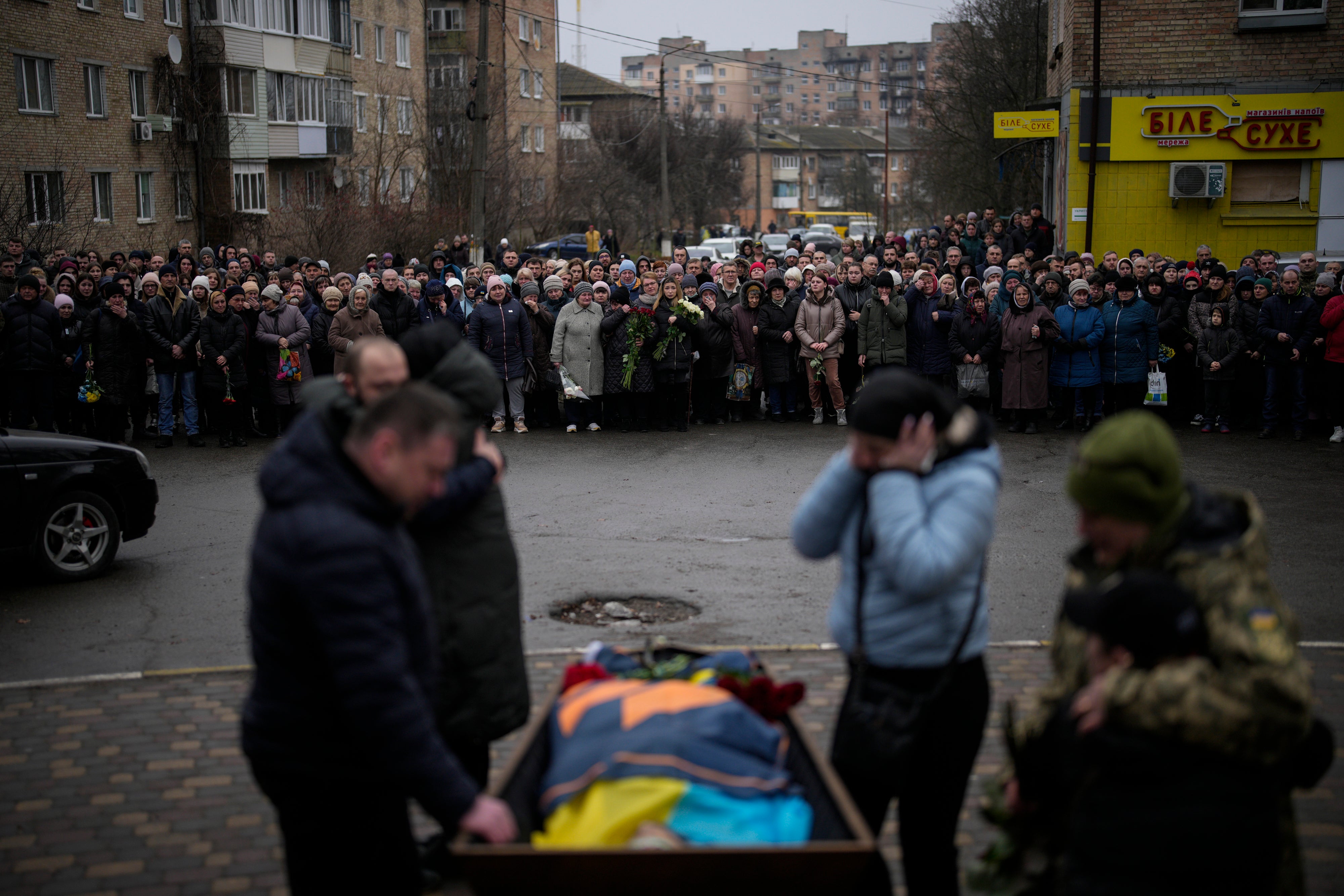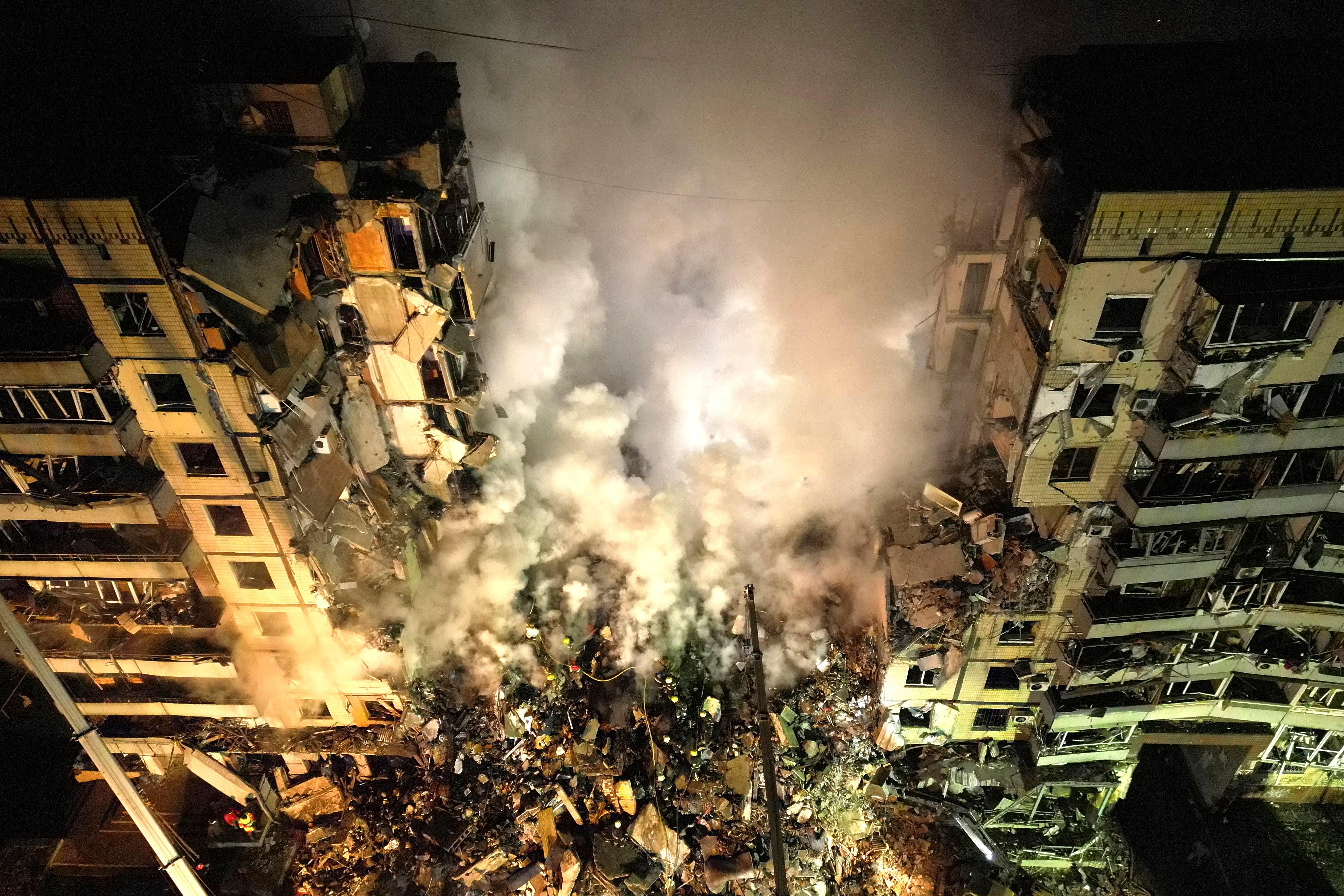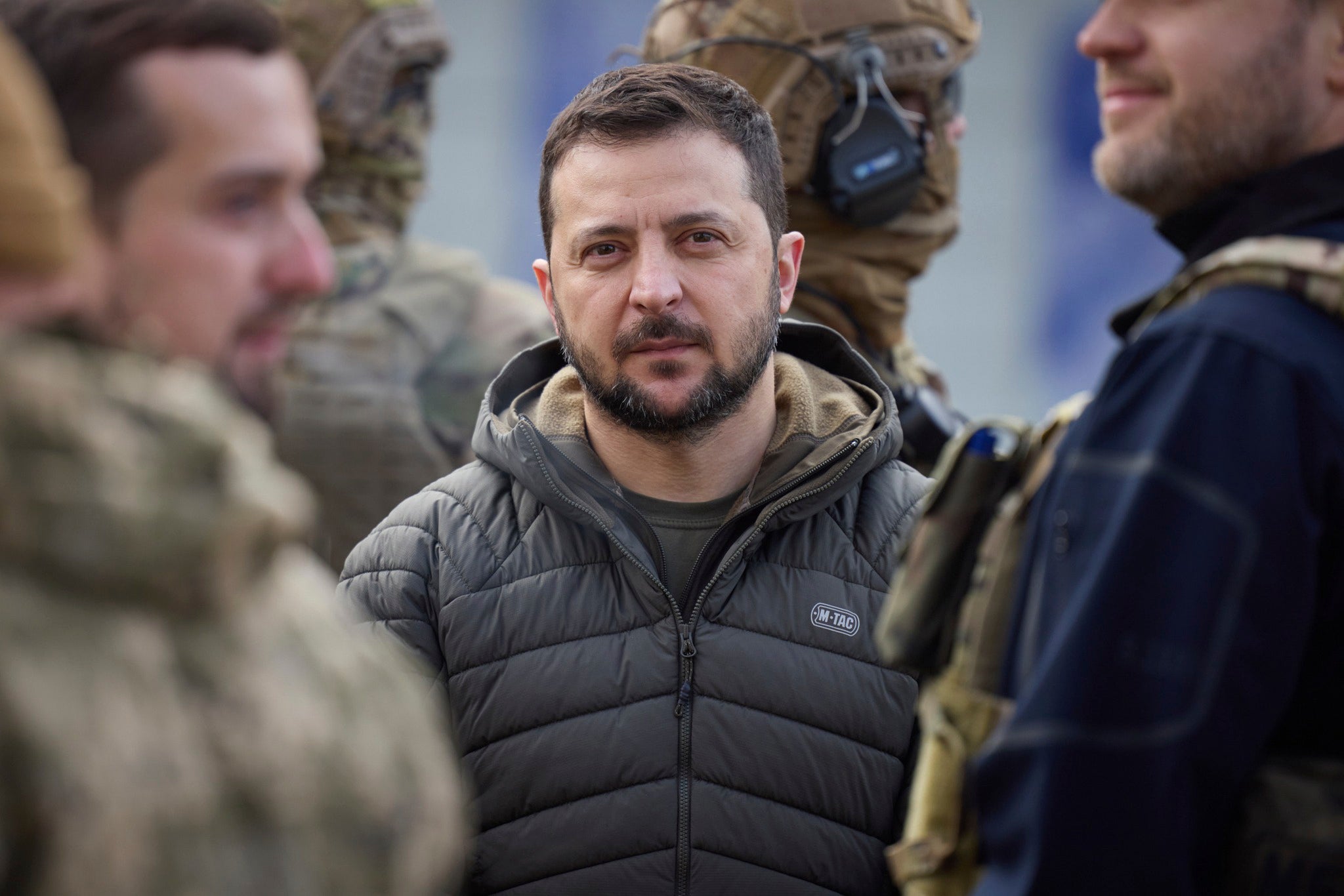
Russia’s invasion of Ukraine is precisely one year old, Vladimir Putin having announced his “special military operation” on 24 February 2022.
Western nations have ramped up military suport for Kyiv since the near year, with Germany and the US both announcing in January that they would send battle tanks to Ukraine.
Berlin will provide 14 Leopard 2 tanks from military stocks as a first step. The training of Ukrainian troops in their use will begin in Germany soon, with logistics support and ammunition part of the package.
The US will meanwhile send 31 M1 Abram tanks in the coming months.
German chancellor Olaf Scholz came under huge international pressure to approve the use of the Leopard 2 models, with nations requiring permission from Germany to re-export those in their own armies. The eventual decision to go ahead paves the way for other countries such as Poland, Spain and Norway to supply their stocks of Leopard 2 tanks too.
How many civilians have died in the war so far?
Between the war’s commencement on 24 February 2022 and 21 February 2023, the Office of the UN High Commissioner for Human Rights (OHCHR) has recorded 21,293 civilian casualties in the country: 8,006 killed and 13,287 injured.
According to the UN OHCHR, of the adult civilian casualties whose sex is known, men accounted for 61.1 per cent of civilian casualties and women for 39.9 per cent.
At least 487 children were killed and 954 injured.
An estimated 90.3 per cent of civilian casualties were caused by explosive weapons with wide area effects, including artillery shells, cruise and ballistic missiles, and air strikes. Most occurred in populated areas.
The OHCHR has also recorded 632 civilian casualties – 219 killed and 413 injured – caused by mines and explosive remnants of war.

“These numbers, which we are publishing today, lay bare the loss and suffering inflicted on people since Russia’s armed attack began on 24 February last year; suffering I saw for myself first hand when I visited Ukraine in December,” high commissioner Volker Turk said on Tuesday.
“And our data are only the tip of the iceberg. The toll on civilians is unbearable. Amid electricity and water shortages during the cold winter months, nearly 18 million people are in dire need of humanitarian assistance. Some 14 million people have been displaced from their homes,” Mr Turk said.
“The very young to the very old have all been affected. Students have seen their education halted or disrupted by attacks on educational facilities, while older people and people with disabilities have faced immense challenges, in some cases unable to reach bomb shelters or having to spend prolonged periods in basements in conditions affecting their health,.”
The UN understands the actual number of civilian deaths are considerably higher than reported, as the receipt of information from some locations where intense hostilities have been going on has been delayed and many reports are still pending corroboration.

According to Ukraine’s leading war crimes prosecutor, more than 100,000 Ukrainian civilians are believed to have been killed over the course of the last year, more than 10 times the current official death toll.
The horrific tally illustrates the scale of devastation in the country, which has fought a relentless onslaught from Vladimir Putin’s forces since their invasion on 24 February last year.
Speaking to The Independent, prosecutor Yuriy Belousov revealed his fears about the human cost on the civilian population.
“There could be 100,000 civilians killed across Ukraine, whose bodies will have to be found and identified once occupied territory is liberated,” Mr Belousov said. The current official death toll published by the UN this week puts the official death toll at 8,000.
Meanwhile, Ukrainian president Volodymyr Zelensky has branded Mr Putin a “nobody” and suggested it is too late for face-to-face peace talks with the Russian leader to make any difference.

In an interview, Mr Zelensky described the Russian president as a “man who said one thing and then did another” as he said he was not interested in meeting him.
Speaking in English, he said: “It is not interesting for me. Not interesting to meet, not interesting to speak. Why? Because we had meeting with him in Normandy Format, it was before full-scale invasion.
“I saw the man who said one thing and then did another. So for me, I can’t understand – is it his decisions or somebody else? So to meet what – to shake hands? Not interesting. To speak? I really don’t understand who makes decisions in Russia.”
He also accused Russia’s president of having a disregard for his troops and throwing them “into the meat grinder”, ahead of an anticipated new offensive.







